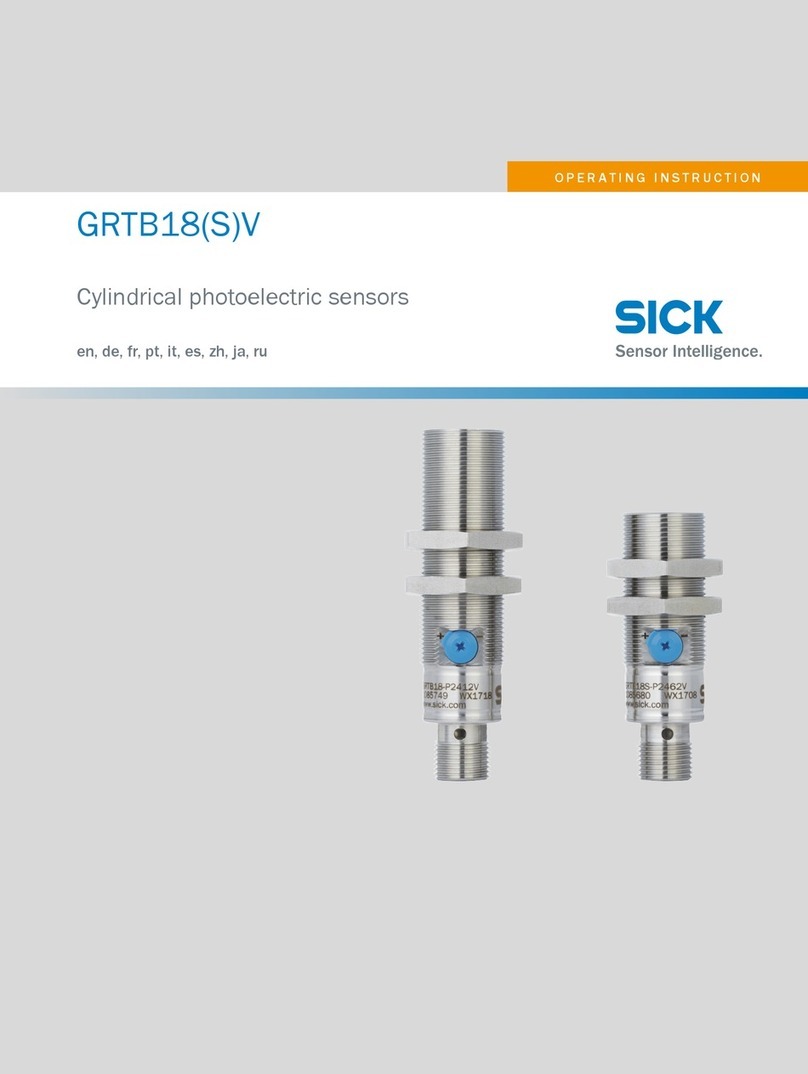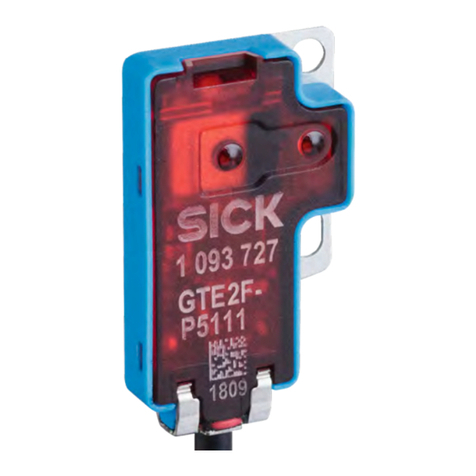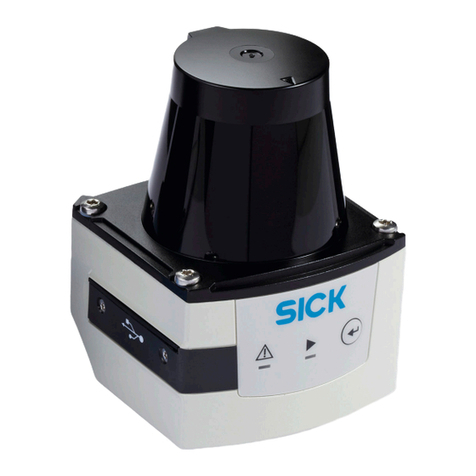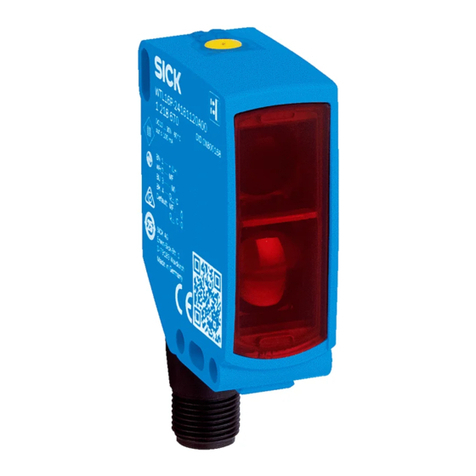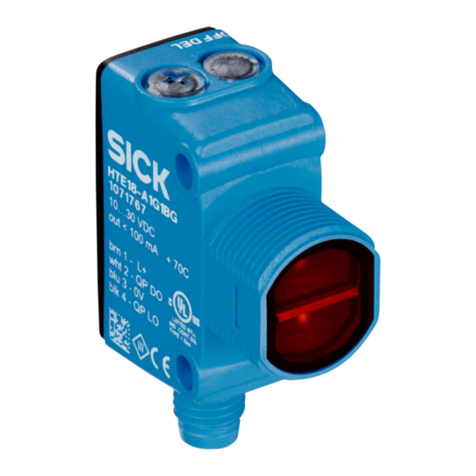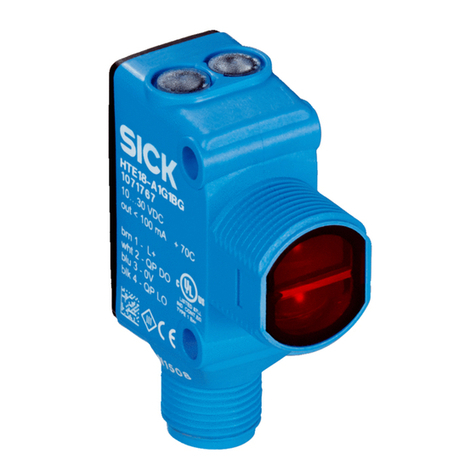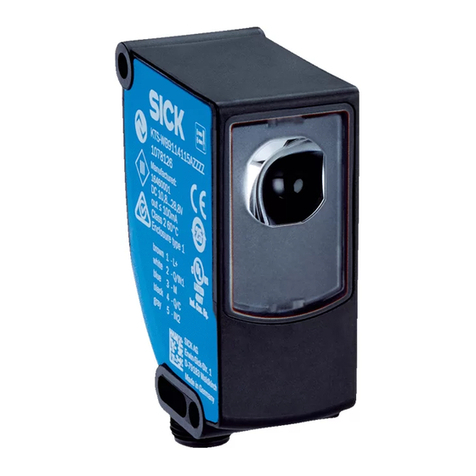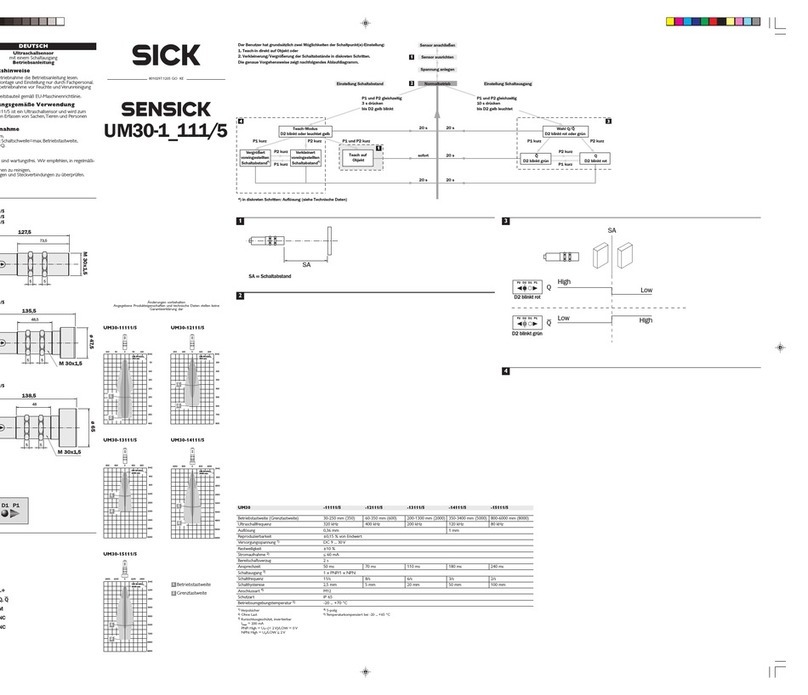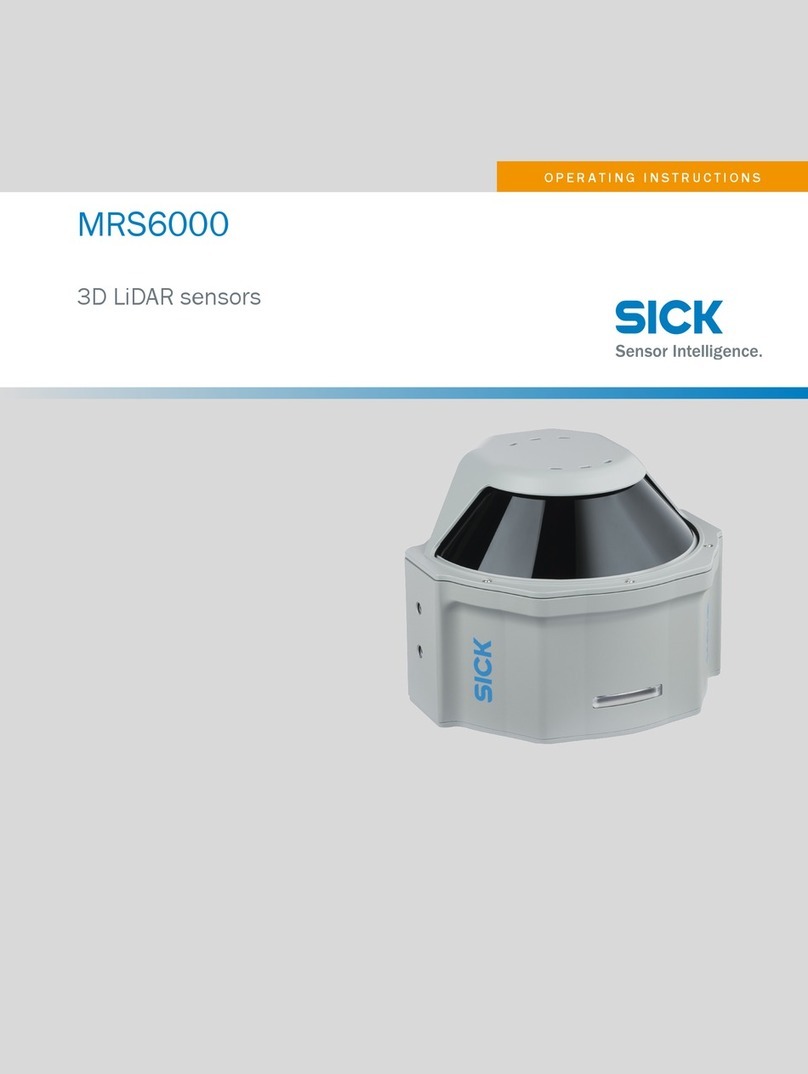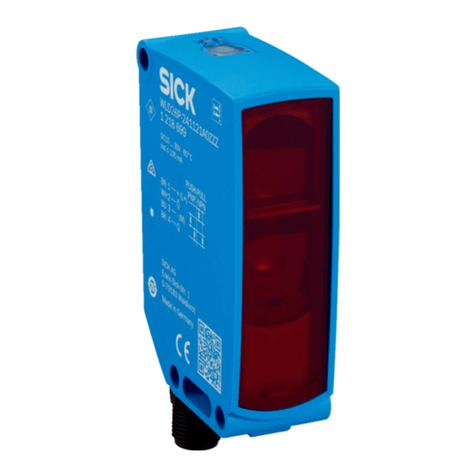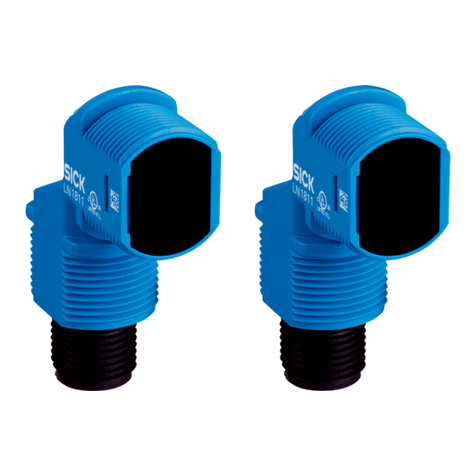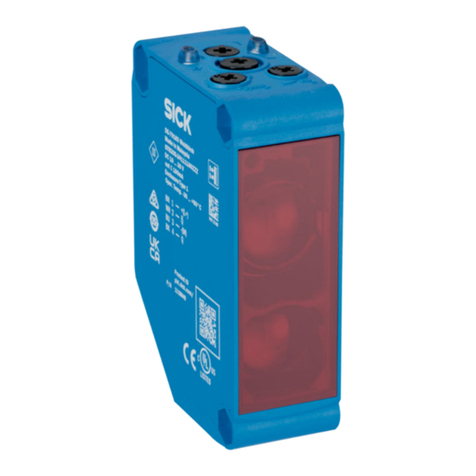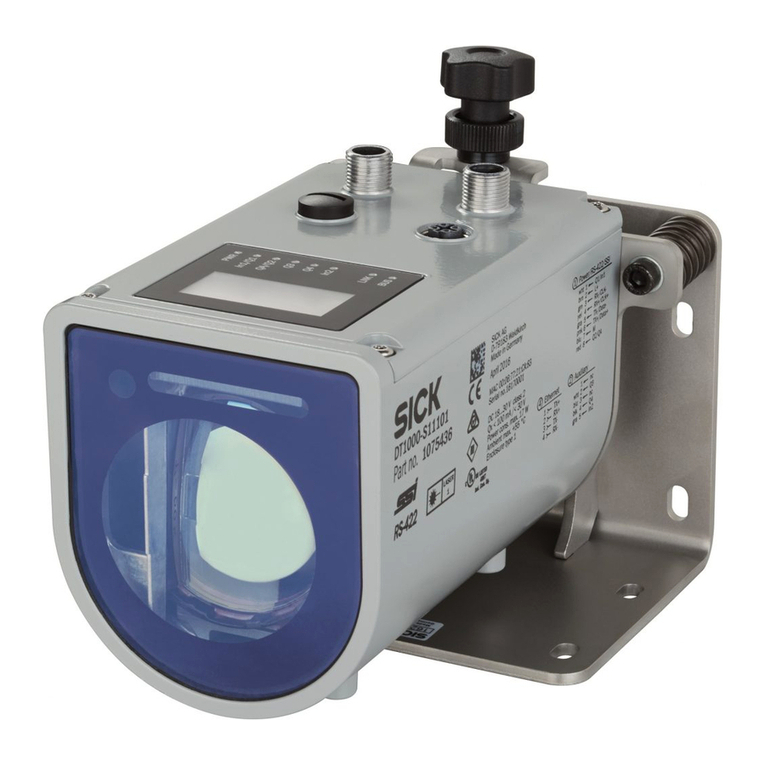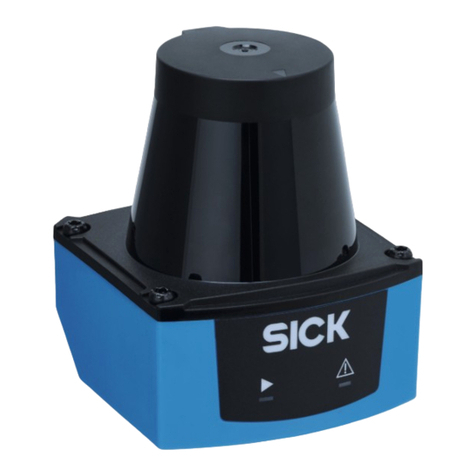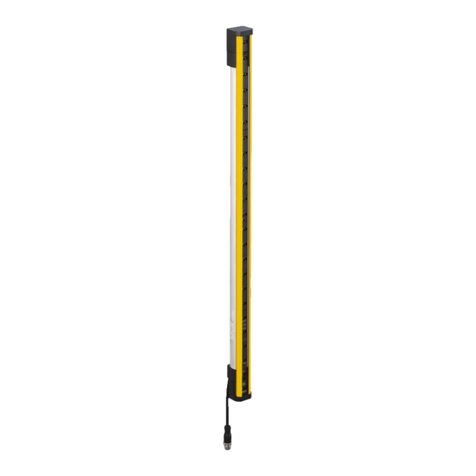
Contents
1 About this document........................................................................ 5
1.1 Further information................................................................................... 5
1.2 Symbols and document conventions...................................................... 5
2 Safety information............................................................................ 6
3 Intended use...................................................................................... 7
4 Product description........................................................................... 8
4.1 Product identification............................................................................... 8
4.2 Device overview........................................................................................ 9
5 Mounting............................................................................................. 10
5.1 Scope of delivery....................................................................................... 10
5.2 Mounting requirements............................................................................ 10
5.3 Connecting fibers...................................................................................... 10
5.4 Mounting/removing the sensor............................................................... 11
5.5 Ambient temperature............................................................................... 12
5.6 Alignment.................................................................................................. 12
6 Electrical installation........................................................................ 13
6.1 Notes on UL approval............................................................................... 13
6.2 Connections.............................................................................................. 14
6.3 Multifunction input/output....................................................................... 15
6.4 Wiring the digital input............................................................................. 15
6.5 Wiring the digital outputs......................................................................... 15
7 Commissioning.................................................................................. 17
7.1 YouTube videos......................................................................................... 17
7.2 Initial menu settings................................................................................. 17
7.3 Setting the sensing range/switching threshold/current or voltage
range/teach-in.......................................................................................... 18
8 Operation............................................................................................ 21
8.1 Control elements...................................................................................... 21
8.2 General sensor functions......................................................................... 22
8.3 Main menu navigation tree (1st menu level).......................................... 24
8.4 Default settings (1st menu level)............................................................ 25
8.5 Display settings......................................................................................... 27
8.6 Time functions.......................................................................................... 30
8.7 Detection parameters............................................................................... 33
8.8 I/O settings............................................................................................... 39
8.9 Device information.................................................................................... 45
8.10 Analog channel settings........................................................................... 47
8.11 Initializing the device................................................................................ 50
CONTENTS
8027947 /2022-12-14 | SICK O P E R A T I N G I N S T R U C T I O N S | WLL80 Analog 3
Subject to change without notice
